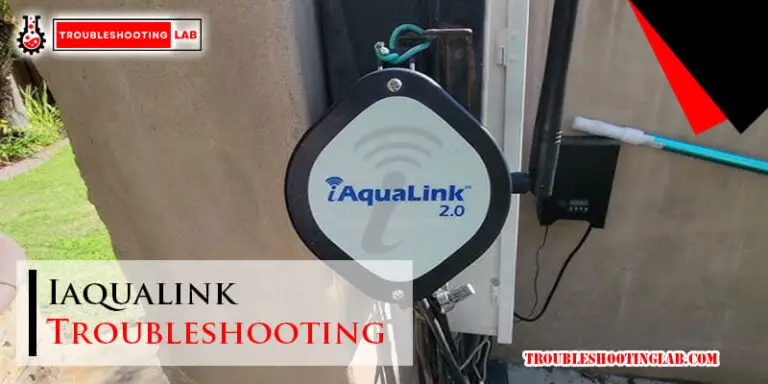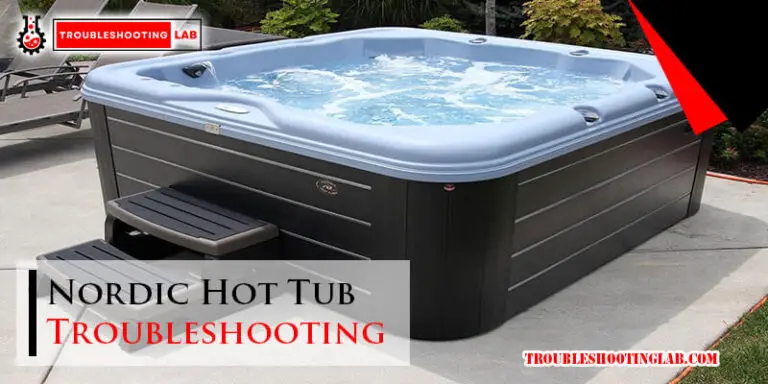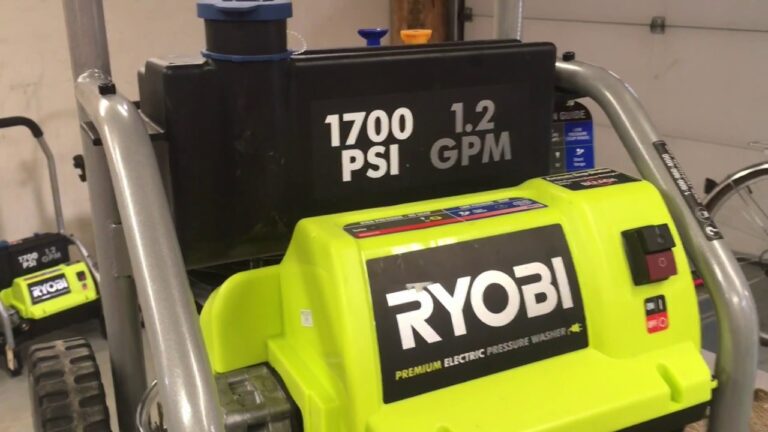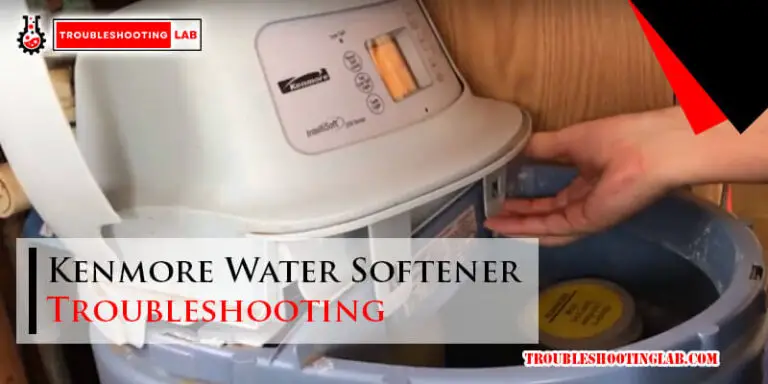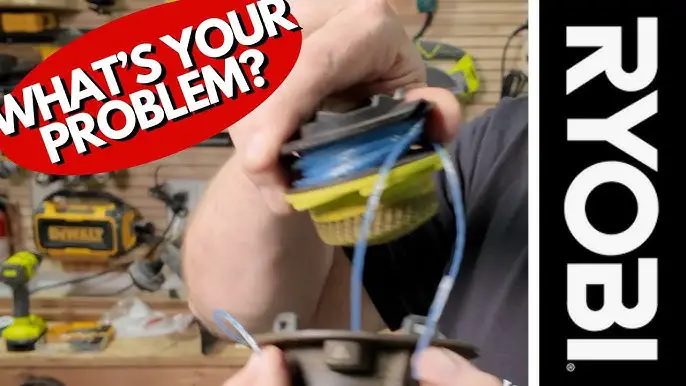Mercruiser 3.0 Troubleshooting: Expert Tips for Smooth Sailing
Boating enthusiasts often face issues with their Mercruiser 3.0 engines. Troubleshooting these problems can be daunting.
In this guide, we will dive into common problems and how to fix them. Owning a boat powered by a Mercruiser 3. 0 engine can be a joy. But, like any machine, it can face issues that need fixing. Understanding these problems and knowing how to troubleshoot them can save you time and money.
Whether your engine is making strange noises, struggling to start, or not running smoothly, we’ve got you covered. This guide will provide step-by-step solutions to common Mercruiser 3. 0 issues. Read on to learn how to keep your engine running smoothly and enjoy your time on the water.
Common Engine Issues
Mercruiser 3.0 engines are reliable, but they can face some common issues. Understanding these problems helps in quick troubleshooting. Let’s explore three frequent issues: overheating, stalling, and starting difficulties.
Overheating Problems
Overheating is a common issue with Mercruiser 3.0 engines. The main causes include a faulty thermostat or a blocked water intake. Inspect the thermostat regularly. Ensure the water intake is clear of debris. A damaged impeller can also cause overheating. Replace it if needed.
Engine Stalling
Engine stalling can be frustrating. It often happens due to fuel problems or air leaks. Check the fuel filter for clogs. Replace it if necessary. Inspect the fuel lines for any leaks. Ensure the carburetor is clean. Dirty carburetors can cause stalling.
Starting Difficulties
Starting difficulties are another common problem. A weak battery might be the cause. Check the battery voltage. Replace it if it’s low. Faulty spark plugs can also cause starting issues. Inspect and replace them if worn out. Ensure the ignition system is working correctly.
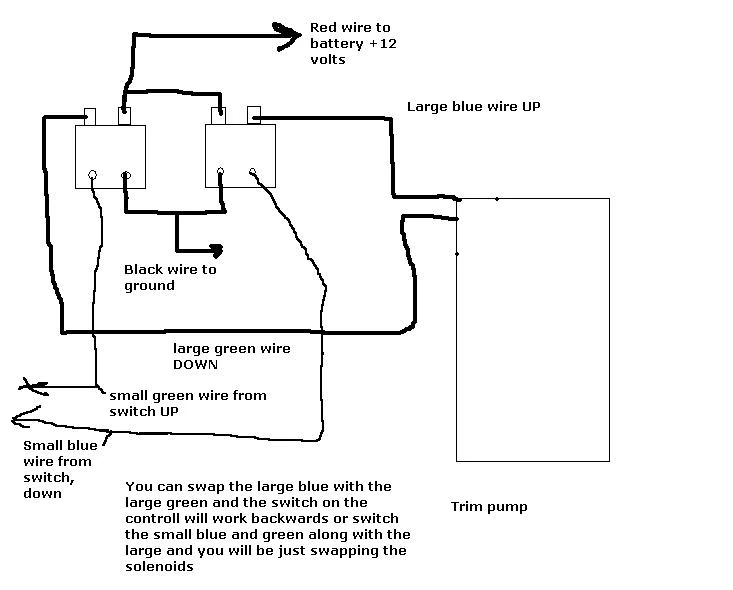
Credit: marine-engines.fandom.com
Fuel System Troubles
The fuel system in your Mercruiser 3.0 is crucial for engine performance. Issues in the fuel system can cause your boat to run poorly or not start at all. Understanding these issues can help you fix them quickly and keep your boat running smoothly.
Fuel Pump Failures
A faulty fuel pump can make your engine stall or refuse to start. Check if the pump is delivering fuel to the engine. Use a fuel pressure gauge to see if the pressure is within the recommended range. If not, the pump may need replacement.
Clogged Fuel Filters
Clogged fuel filters can block the flow of fuel. This makes your engine run poorly. Remove and inspect the fuel filter. If it looks dirty, clean or replace it. This simple step can often solve fuel flow issues.
Poor Fuel Quality
Bad fuel can cause many issues. Water or dirt in the fuel can clog the system. Always use fresh, high-quality fuel. Consider using a fuel stabilizer to keep your fuel clean. This helps prevent many common fuel system problems.
| Problem | Signs | Solution |
|---|---|---|
| Fuel Pump Failure | Engine stalls or won’t start | Check and replace pump |
| Clogged Fuel Filter | Engine runs poorly | Clean or replace filter |
| Poor Fuel Quality | Engine misfires | Use fresh, high-quality fuel |
Ignition System Concerns
Troubleshooting the Mercruiser 3.0 ignition system can save time and money. Ignition system problems often lead to poor performance and engine misfires. Understanding common issues helps in diagnosing and fixing them quickly.
Spark Plug Issues
Spark plugs are vital for engine ignition. Dirty or worn-out spark plugs cause weak sparks or no sparks at all. Regularly inspect and clean spark plugs. Replace them if they appear damaged or too dirty.
Proper gap spacing is crucial. Use a gap tool to check and adjust the gap. Incorrect spacing reduces engine performance. Always follow the manufacturer’s recommendations for spark plug types and gap settings.
Distributor Problems
The distributor directs the high voltage from the coil to the spark plugs. A faulty distributor cap or rotor can disrupt this process. Inspect the cap and rotor for cracks or corrosion. Replace them if needed.
Check the distributor’s internal components. Worn-out parts, like points or condenser, can cause timing issues. Ensure everything is in good condition and properly aligned.
Ignition Coil Failures
The ignition coil transforms battery voltage into the high voltage needed for sparks. A failing coil results in weak or no spark. Test the coil using a multimeter. Look for readings outside the normal range.
Check the coil’s connections. Loose or corroded connections lead to poor performance. Secure and clean all connections. Replace the coil if it shows signs of damage or wear.
Electrical System Glitches
Experiencing electrical system glitches on your Mercruiser 3.0 engine can be frustrating. These issues can range from a dead battery to wiring problems. Understanding these common glitches can help you troubleshoot and fix them.
Battery Drain
A frequently drained battery is a common electrical issue. This can happen if the battery is old or not charging properly. Check the battery terminals for corrosion. Clean them if necessary. Ensure the battery is securely connected.
Sometimes, an accessory left on can drain the battery. Always double-check that all electrical components are turned off after using the boat. If the problem persists, it might be time to replace the battery.
Wiring Problems
Wiring issues can cause various electrical glitches. Inspect the wiring for any signs of wear or damage. Look for frayed wires or loose connections. These can interrupt the electrical flow and cause malfunctions.
Use a multimeter to check for continuity in the wires. Replace any damaged wires immediately. Proper wiring ensures the smooth operation of your engine’s electrical system.
Alternator Issues
The alternator charges the battery while the engine is running. If the alternator fails, the battery won’t charge. This leads to a dead battery. Check the alternator belt for wear and tension. A loose or worn belt can affect the alternator’s performance.
Use a voltmeter to test the alternator’s output. It should read between 13.8 and 14.2 volts. If the reading is outside this range, the alternator may need replacement or repair. Regular maintenance of the alternator can prevent these issues.
Cooling System Failures
The cooling system of a Mercruiser 3.0 engine is crucial. It keeps the engine from overheating. Problems can arise in various parts of this system. Understanding these issues helps in quick troubleshooting. Let’s look at some common cooling system failures.
Water Pump Malfunctions
The water pump is vital for proper cooling. It circulates coolant through the engine. If the pump fails, the engine can overheat. Symptoms include increased engine temperature and steam from the engine.
- Check for worn-out impellers
- Inspect the pump for leaks
- Ensure the pump is properly mounted
Regular maintenance can prevent water pump failures. Replace worn parts as needed.
Thermostat Issues
The thermostat controls the flow of coolant. It ensures the engine runs at the right temperature. If the thermostat sticks, it can cause overheating or cooling issues. Symptoms include fluctuating temperature readings.
| Issue | Symptoms |
|---|---|
| Stuck Open | Engine runs cold |
| Stuck Closed | Engine overheats |
Inspect the thermostat regularly. Replace if it shows any signs of failure.
Coolant Leaks
Coolant leaks can cause major problems. They lead to low coolant levels. This can result in overheating. Common leak points include hoses, gaskets, and the radiator.
- Check hoses for cracks or damage
- Inspect gaskets for wear
- Examine the radiator for leaks
Address any leaks immediately. This prevents further damage and ensures proper engine cooling.

Credit: www.youtube.com
Propeller And Lower Unit Issues
The Mercruiser 3.0 is a reliable engine, but it can have problems. One common area of trouble is the propeller and lower unit. These parts are vital for smooth operation. Understanding the issues can help keep your engine running well.
Damaged Propeller
A damaged propeller can cause many problems. It might vibrate or make noise. This can reduce performance and fuel efficiency. Check for bent or broken blades. Debris in the water can cause damage. Regularly inspect and replace the propeller if needed.
Lower Unit Leaks
Leaks in the lower unit can be serious. Oil leaks can damage gears. Water leaks can lead to corrosion. Check for oil spots under your boat. Inspect the lower unit for cracks or holes. Replace seals and gaskets if you find leaks.
Gear Shifting Problems
Gear shifting problems can affect your boat’s performance. Difficulty shifting can indicate a problem. It might be a worn cable or damaged gears. Check the shift cable for wear. Make sure it is properly adjusted. Inspect the gears in the lower unit. Replace any damaged parts promptly.
Routine Maintenance Tips
Keeping your Mercruiser 3.0 in top shape requires regular maintenance. This ensures smooth performance and longevity. Here are some routine maintenance tips to help you troubleshoot common issues.
Regular Oil Changes
Changing the oil regularly is crucial for your engine’s health. Dirty oil can cause wear and tear on engine parts. Follow these steps for an oil change:
- Warm up the engine for a few minutes.
- Turn off the engine and let it cool.
- Drain the old oil into a container.
- Replace the oil filter.
- Refill with the recommended oil type.
Checking Fluid Levels
Maintaining proper fluid levels is essential for your engine’s functionality. Check these fluids regularly:
- Engine Oil: Check using the dipstick.
- Coolant: Ensure it reaches the “Full” mark.
- Power Steering Fluid: Check for adequate levels.
Low fluid levels can cause overheating and damage. Always top up to the recommended levels.
Inspecting Belts And Hoses
Belts and hoses wear out over time and can cause engine problems. Regular inspection can prevent breakdowns. Follow these tips:
- Look for cracks or fraying on belts.
- Check hoses for leaks or soft spots.
- Replace damaged belts and hoses immediately.
Keeping belts and hoses in good condition ensures your engine runs smoothly.
Emergency Repair Tips
When you’re out on the water, unexpected problems with your Mercruiser 3.0 can arise. Knowing some emergency repair tips can save your day. This section will guide you through some temporary fixes, essential tools, and advice on when to seek professional help.
Temporary Fixes
If your Mercruiser 3.0 engine suddenly stops, check the fuel system first. Look for any loose connections or leaks. Tighten any loose fittings and seal any minor leaks with duct tape.
An engine that won’t start might have a dead battery. Try using jumper cables to jump-start the engine. If the engine overheats, let it cool down. Ensure the coolant levels are sufficient. Add more coolant if needed.
For minor electrical issues, inspect the wiring. Replace any blown fuses with spare ones from your toolkit.
Essential Tools
Having the right tools is crucial for emergency repairs. Here’s a list of essential tools you should always have on board:
- Wrench set
- Screwdrivers (flathead and Phillips)
- Jumper cables
- Duct tape
- Spare fuses
- Coolant
- Multimeter
- Flashlight
Keep these tools in a waterproof toolbox to ensure they’re ready when needed.
When To Seek Professional Help
Sometimes, a temporary fix won’t solve the problem. Knowing when to seek professional help is important. If the engine has a major mechanical failure, it’s best to call a professional.
Persistent overheating issues or electrical problems that you can’t fix also require expert attention. If you notice unusual noises or vibrations, these could indicate serious issues.
Don’t hesitate to get help if you’re uncertain. Professional repairs ensure your boat remains safe and reliable.

Credit: www.marineengine.com
Frequently Asked Questions
How Do I Troubleshoot A Mercruiser 3.0 That Won’t Start?
First, check the battery and fuel supply. Inspect spark plugs and ignition system.
What Are Common Issues With Mercruiser 3.0 Engines?
Common issues include overheating, fuel system problems, and ignition issues. Routine maintenance helps prevent these.
Why Is My Mercruiser 3.0 Overheating?
Overheating can be due to a blocked cooling system, broken water pump, or faulty thermostat.
How Do I Fix Mercruiser 3.0 Fuel Problems?
Check fuel lines for leaks or blockages. Ensure the fuel pump is working and replace filters if needed.
What Should I Do If My Mercruiser 3.0 Loses Power?
Inspect the propeller for damage. Check fuel quality and filters. Examine the ignition system.
Conclusion
Troubleshooting your Mercruiser 3. 0 can seem tough at first. With the right steps, you can solve many common issues. Keep your manual close for reference. Always ensure regular maintenance to prevent problems. Stay patient and methodical in your approach.
Small steps lead to big solutions. Happy boating!

